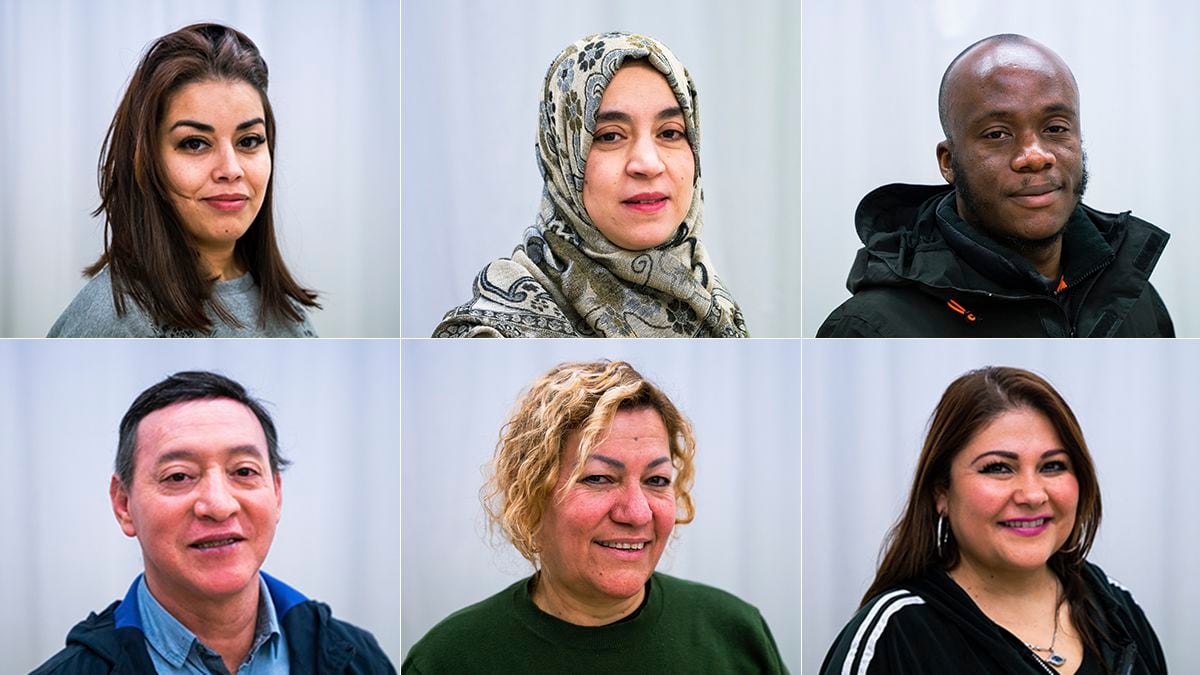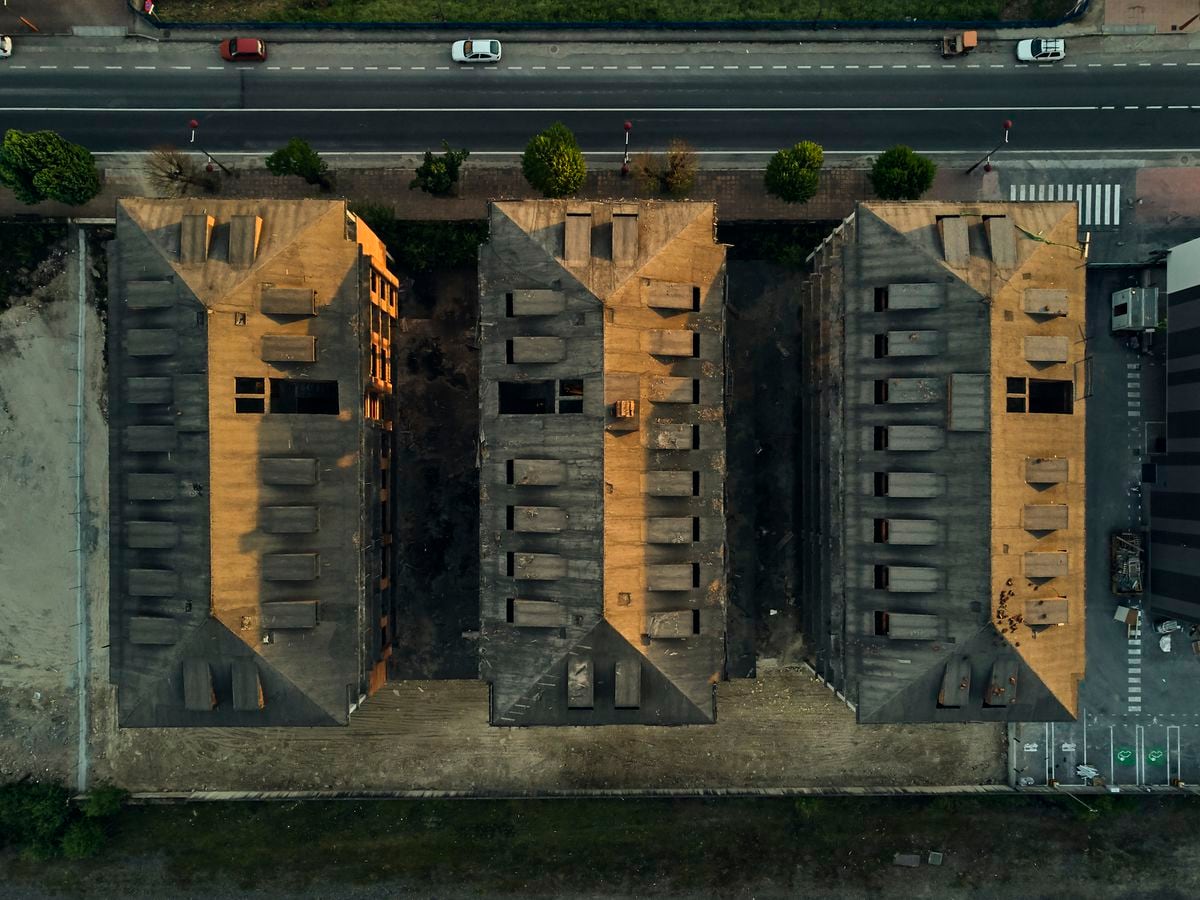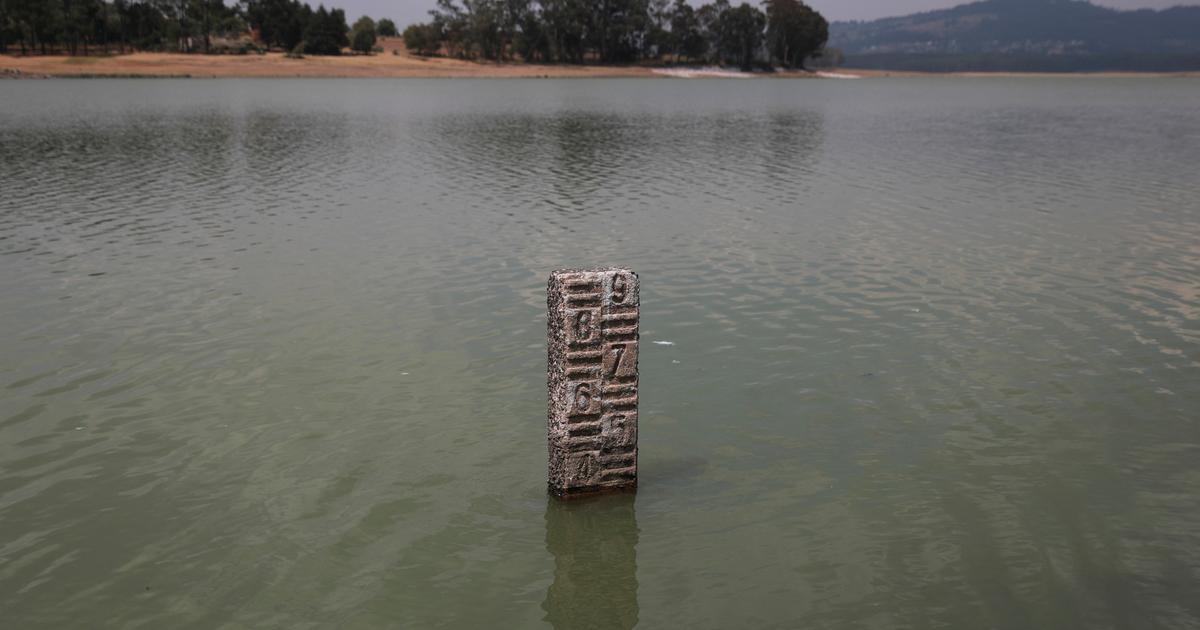Imagine for a moment a heat wave in your city, in your neighborhood.
Imagine one hot day after another, one wave after another… By now you have probably experienced heat waves at some point in your city.
The summer of 2022 had three heat waves in Barcelona.
From June 13 to 20, from July 10 to 20 and from August 10 to 15.
22 days and 22 nights in three different waves that made life very difficult for its inhabitants.
According to the Spanish Meteorological Agency, the month of July was the hottest in all of Spain since 1961. The average temperature in July was 2.7 °C, higher than the historical average for that month, and August was also 2 °C per above the historical average.
The analyzes of mortality attributable to extreme heat that have been carried out in Spain for the summer of 2022 estimated between 5,300 and 6,600 people who died from this cause.
Globally, an analysis of data from 732 locations in 43 countries over the period 1991-2018 showed that across all study countries 37% of summer heat-related deaths could be attributed to the climate crisis, with a increase in mortality evident on all continents.
And heat waves, defined as abnormally high temperatures and sustained for days in the same place, do not have the same effect on our cities, on our populations.
Analyzing the different districts of Madrid, we saw how the level of income, the availability of air conditioning and the percentage of the population over 65 years of age modulated the impact of the heat waves from 2010 to 2013 on daily mortality in Madrid.
And also in Madrid, data not yet published, we have analyzed how extreme heat influenced the incidence of a first cardiovascular event also unequally, disproportionately affecting men, the immigrant population and the most economically disadvantaged.
So it is necessary to continue investigating how heat waves affect the populations in our cities, and especially those people who do not have vacations, who do not have or cannot afford the air conditioning that they would need in their homes to be able to carry on for a day. a “normal” day, to be able to sleep, to rest.
For this we have worked in El Raval on a participatory photographic project that is part of the Science and City Biennial that this year is being held in Madrid and Barcelona.
El Raval is a central neighborhood in Barcelona with a population of 47,000 very young residents, an average age of 33 years, with 50% of the immigrant population coming from 128 different nationalities.
And we have had the opportunity to work, listen and learn from ten residents of the neighborhood, seven women and three men of six different nationalities.
And we asked them a series of questions. How did the immigrant residents of El Raval experience the heat waves?
What factors and places determined your worst moments during heat waves?
What locations and situations offered some relief during heat waves?
These ten participating people discussed these questions through a citizen science process called Photovoice.
Throughout two months and different sessions, the participants took and collected photographs and discussed these questions in depth.
And they did it from their experiences and those of their friends, neighbors and relatives.
Several participants of the Fotovoz citizen science project gathered in one of the sessions.Edgar Melo
Throughout the different sessions and steps of this methodology, they identified differences and problems related to the heat waves of the exceptional summer of 2022 in relation to their daily life, their well-being and their health.
The issues on which they agreed and which stood out were: Housing and heat, the lack of green spaces, the different types and sources of stress caused by heat, adaptation to heat and the effect of tourism.
A recurring discussion was how the house is not prepared for the heat, how having air conditioning is a luxury, it is prohibitive, how it is impossible to sleep and how your own house becomes an unbearable place.
“I cook everything in my house.
My kitchen has no windows to the outside, it becomes hell in summer”, Souad El Kaissi, a resident of the neighborhood for 20 years.
Another prominent discussion was about green spaces, walkways, benches, shaded spaces.
And in a city like Barcelona, how can you survive on the beach without shade and with beach bars for tourists.
Or the fact of not being able to go to a public pool because they are expensive and/or are too far away“.
In the Agora we got a green and shady space for ourselves.
In summer, I organized a pool and the children were very happy”, says Ana María da Silva, a resident of El Raval for 18 years.
“You end up socializing at night, late at night.
I have had barbecues on the beach with my friends, I have even slept there to get over the heat”, complains Alexandra Vargas, who has been in the area for 22 years.
Thus, through their own photos and experiences, these citizen scientists were able to describe and propose a series of improvements to reduce the negative effects of heat waves in cities;
Market control and home improvement
Control of the cost of energy/electricity
Improvement of public spaces with trees, with shadows, free of charge, which are places of respect and coexistence.
Access to affordable public pools
Together with the people who participated in the Fotovoz El Raval project, we presented the results in that same neighbourhood, at the Center for Contemporary Culture of Barcelona (CCCB).
The CCCB is a well-known cultural center of international level and impact, where in the words of Judit Carrera, its director, "science has to interact with other spheres of knowledge".
Scientific evidence highlights the urgent need to develop ambitious mitigation and adaptation strategies that can minimize the impacts of heat waves on the health of our populations.
In this case, the residents of El Raval have contributed their in-depth knowledge of life in the city to develop strategies that have the greatest possible impact on our health.
On many occasions, listening to the public, discussing in depth the reality, the day to day we live and suffer, is essential to unite it with scientific knowledge and political decisions.
It seems simple, it seems silly, but it is important to listen to people in order to take and develop effective and appropriate measures, and many times we forget to listen.
And we always forget to listen to the people who have less opportunity to have a voice, to have a photograph.
Health goes through neighborhoods
is a section that explains in a simple and friendly tone the concepts and advances in research in Urban Health, an area of Public Health that is necessarily interdisciplinary.
Research in Urban Health aims to improve our cities to improve the health of the millions of people who inhabit the complex and unequal cities that characterize life on our planet today.
You can follow
EL PAÍS Salud y Bienestar
on
,
and
.


/cloudfront-eu-central-1.images.arcpublishing.com/prisa/M5DPZ4TSIJEFPFB42IGIBO7YJ4.jpg)



/cloudfront-eu-central-1.images.arcpublishing.com/prisa/45WUZH6TEJHAFKZE7WQSPCWG4A.jpg)


